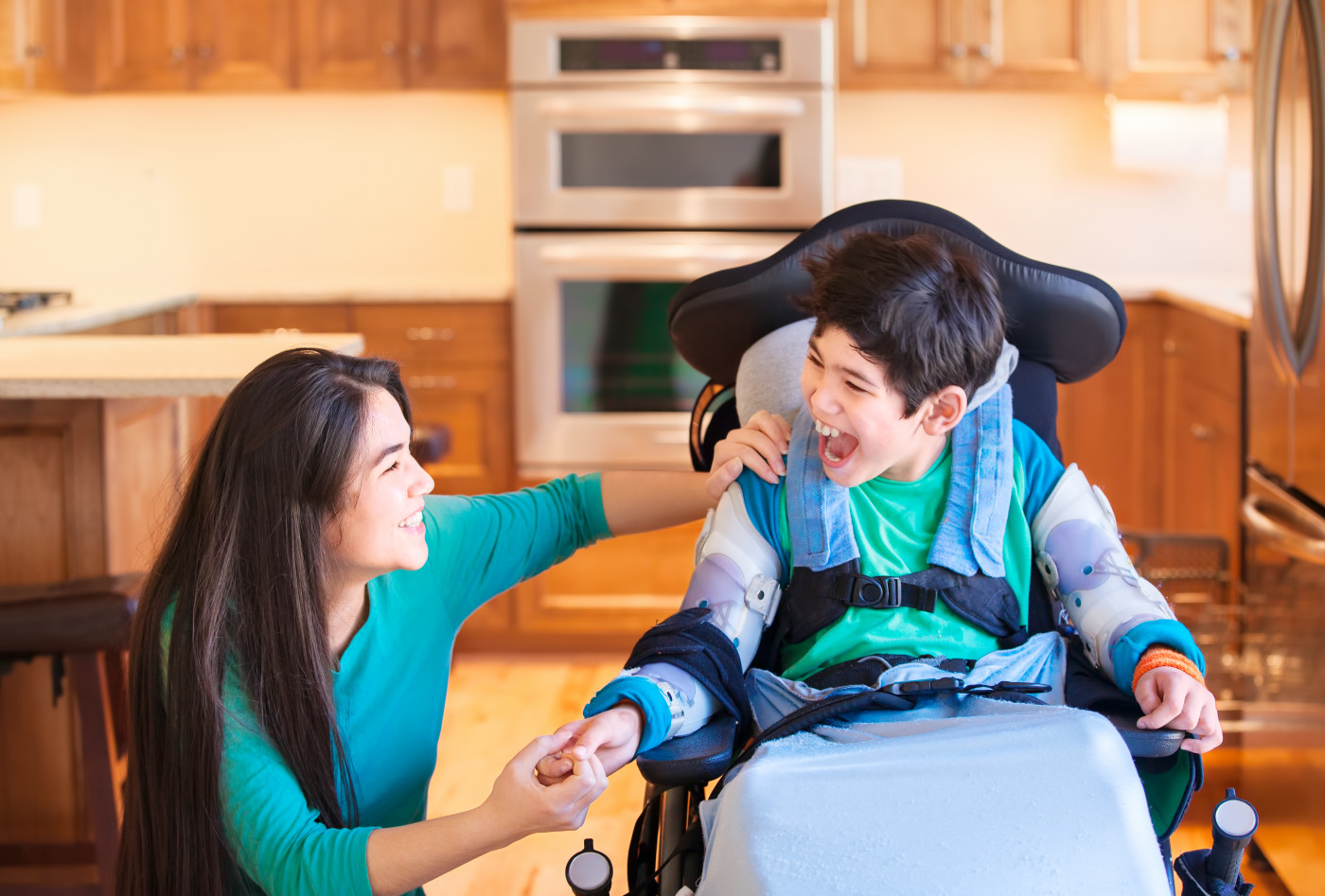Family-centered and Focused Rehab Most Helpful Therapy for Children with Cerebral Palsy, Study Says

The amount of rehabilitation therapy given children with cerebral palsy has a small effect on their developmental outcomes, while therapy that is family-centered and focused on a child’s well-being and specific tasks seems to help, a study reports.
“Physical, occupational, and speech therapy for children with cerebral palsy” was published in the journal Developmental Medicine & Child Neurology.
Different types of rehabilitation therapy can help children with cerebral palsy maintain or improve their motor function, gait patterns, speech, and social skills. These can include dance-based therapy, therapeutic horseback riding, virtual reality-based activities, like games or exercises.
But few studies compare the effectiveness of different rehabilitation therapies in terms of overall outcomes.
A large multi-site study, called On Track (NCT02391948), brought together researchers, therapists, families, and children with cerebral palsy from across Canada and the United States.
Led by a University of Washington team, scientists reviewed the clinical records of 656 children with cerebral palsy (287 girls and 369 boys up to 12 years old) who were followed for more than one year to understand how they progressed in several aspects of their physical development and participation in daily life.
They evaluated the children’s motor progression as determined by changes in balance and walking endurance, and also looked at the frequency of participation in family or recreational activities, and their ability to do self-care activities.
Progress in walking endurance — measured by the 6-minute walking distance test — was seen to be associated with the degree to which therapy services were family-centered. However, children using therapy services to the greatest extent possible were only 16% as likely to progress “less than expected” than those using them to the least extent. This suggests that the amount of rehabilitation therapy given was not related to developmental outcomes.
“With regard to the amount of therapy services, evidence suggests that there is not a simple cause-and-effect relationship between the amount of therapy and intervention outcomes,” the researchers wrote.
Family-centered therapy is made up of a set of values, attitudes, and approaches to services for children with special needs and their families, recognizing that each family is unique, is the constant in a child’s life, and that they are the experts on a child’s abilities and needs.
“More than expected” was most likely if children were participating in family-centered or fun activities that were seen as beneficial by parents.
“Children were more likely to progress ‘more than expected’ than ‘as expected’ when parents perceived that their children’s needs were being met by therapy services,” the researchers wrote. This positive perception resulted in children being four times more likely to progress “more than expected.”
A child was also 2.5 times more like to show developmental improvements if therapy was based on focused and structured play or recreational activities.
Taking part in family-centered activities that focused on health and well-being were positively associated with better self-care.
“These findings suggest positive outcomes when therapists discuss and collaborate with families since service decisions are made and value the families’ thoughts and desires,” the researchers wrote.
They also “underscore the importance of emphasis on the overall aspects of holistic care, as well as considering children’s overall health/well-being and participation.”


